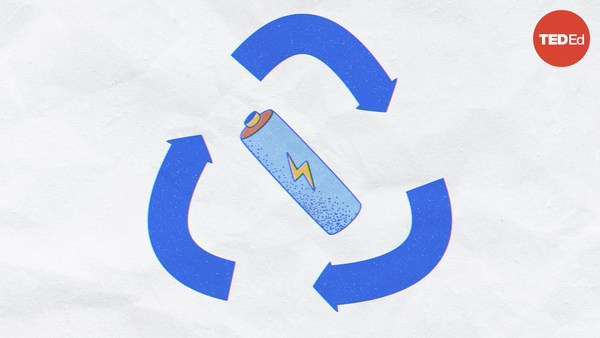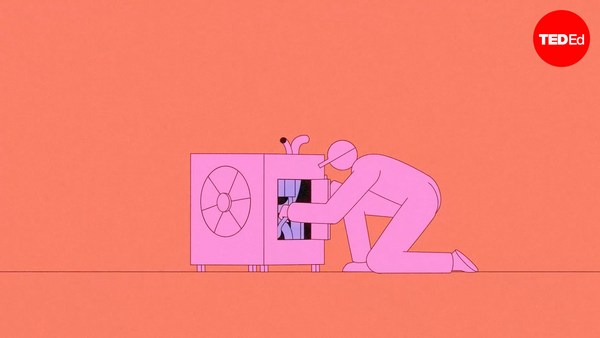In 1919, American mechanic Charles Strite invented something humanity had desired for millennia: the automatic toaster. Various cultures had long toasted their bread over fire in a process that required constant attention and produced uneven results. But in 1905, toast technology evolved with the invention of a new nickel and chromium composite. When an electric current ran through these filaments, they would overflow with energy and radiate heat. And since the flexible metal could be coiled to match the dimensions of a standard slice of bread, this heat could be dispersed evenly— perfectly toasting an entire slice all at once. The only problem left was overcooking, which Strite’s model addressed with an automatic timer that simultaneously shut off the heating element and launched finished toast skyward.
Strite’s appliance would’ve been the best invention since sliced bread, except that sliced bread was actually invented later to accommodate toasters. But today, there's a new contender for the world's most important toaster. And instead of heating up bread, this machine uses similar technology to toast bricks, rocks, and molten salt to solve one of Earth’s most pressing concerns.
Every year, industrial manufacturers spend a huge amount of energy generating heat to make everyday materials and objects. These heat-dependent manufacturing processes for things like cement, steel, paper, and food currently comprise roughly 20% of our annual global energy consumption. And since most companies use fossil fuels to reach these high temperatures, industrial heat also accounts for 20% of our annual global carbon pollution. Thankfully, this is where our giant toaster comes in.
This century-old technology is much more efficient than fossil fuels at generating heat. Meanwhile, the bricks, rocks, and molten salt we mentioned earlier are cheap, abundant, and excellent at storing heat— if they’re heated evenly. Which, of course, is the toaster’s specialty. So by toasting these toasting these materials, we can store heat as energy in what’s known as a heat battery. To see this in action, let’s look at a brick heat battery. These large bricks have been threaded with heating elements like you’d find in a toaster and molded with interlocking blocks that leave channels for air and heat. Then they get placed inside a chamber roughly 12 by 12 meters large. When turned on, the metal in the bricks bakes them to temperatures as high as 1,800°C. And since the entire giant toaster is encased in insulating steel, less than 1% of the heat escapes each day, enabling the brick to store hundreds of megawatts of energy— enough to power hundreds of homes for a month. When it’s time to use this energy, air or other gases are funneled up through the channels, raising the gas’ temperature up to 1,700°C. Then the scalding air can be used to heat a space, turn water into steam, or run any other heat-dependent manufacturing systems.
These incredibly high temperatures are the true innovation of heat batteries. Many industrial heating processes require temperatures over 200°C, and historically it hasn’t been technically practical or financially feasible to reach those temperatures without burning fossil fuels. But heat batteries can slowly store energy over a long period of time and then let it all out in short spurts of extreme heat. And this slow storage approach also helps solve another problem. While wind and solar are currently the cheapest form of electricity on Earth, these technologies only generate electricity when the wind is blowing and sun is shining. But by storing that energy in heat batteries, we can use it later regardless of the weather.
When all these pieces are in place, heat batteries are one of our cheapest and most sustainable battery technologies. For generating industrial heat, they’re more than twice as efficient as fossil fuel combustion, and roughly half the price of buying power from the grid. And best of all, this technology is ready to go today. It’s just a matter of incentivizing companies to invest in swapping their old technology for the toasters of the future.


